|
|
Cory Arcangel Written by Alissa Atkinson |
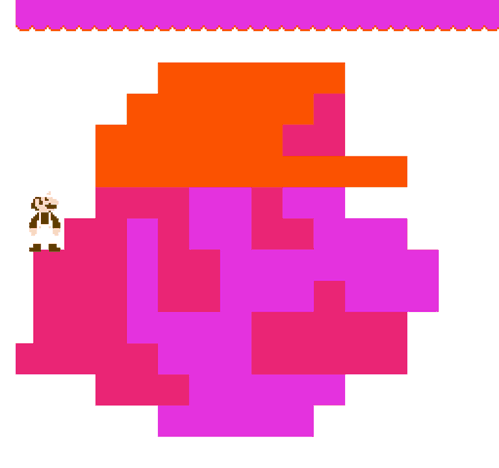 |
"This is boring." My fifteen year old brother James has beaten GTO: Vice City for the tenth time. He thinks the graphics are crappy compared to Halo, and the violence is too tame. Having sold his Playstation2 to buy the newer, better XBox, he has little driveway-shoveling money left over for new games. My mom sent me upstairs to get James away from "that damn machine" and join the party in the living room. I'm home for the day to celebrate my grammy's eightieth birthday: twenty members of my family are downstairs talking about the email my cousin Trisha sent with digital pictures of her engagement ring. My mom has a digital camera of her own, of course; it sits on the desk in the den, full of pictures neither she or my step-dad can figure out how to transfer to their computer. "I couldn't see the photos," my grammy says. "I'll never understand that World Wide Interweb or whatever you call it." I alone, in this room full of aunts, uncles, and younger cousins, can accept and understand the complete integration of technology while still remembering what life was like before cellphones and superior 3D graphics. |
I'm in my twenties. |
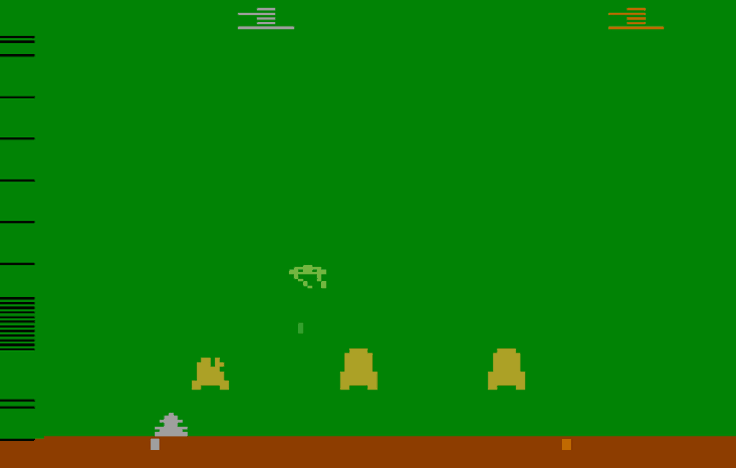 |
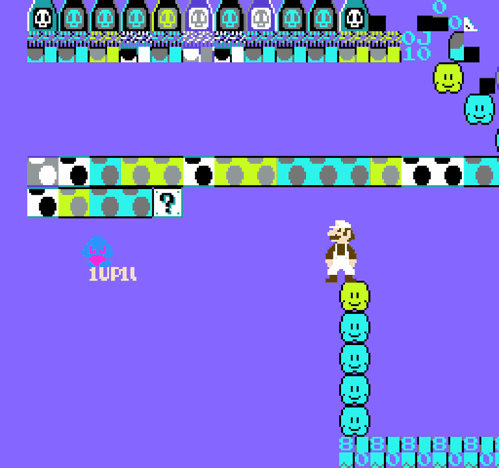 |
We may have been "raised on cable", but we are perhaps the most cognizant of the changes in society during the technological boom of the eighties and nineties. It was our childhood, our adolescence. It is a part of us. Through all of his work, Arcangel portrays this dichotomy of technology as an inhibitor in creativity and an element in defining past and identity. He shows this through his innovation and sense of humor in projects like "Pizza Party," part of the 2004 Whitney Biennial, in which he found a way to order a pizza from Dominos at the command line. Also included, this realm which has been referred to as "essentially, great silly digital pranks" in the New York Times, are the new www.Dooogle.com, a search engine which only sends information involving Doogie Houser, M.D., "I Shot Andy Warhol," a shooting gallery game displayed at the Guggenheim which featured pop icons Andy Warhol, Colonel Sanders, Flava Flav, and the Pope, and "T.A.C. (Total Asshole Compression)," a program that enlarges any file passed through it. Both Dooogle and "T.A.C" were shown at Arcangel's recent exhibition, titled Welcome to My Homepage Artshow, at Team Gallery in New York from Janurary 12 to February 13, 2005. Also featured were new hacked videogame cartridges, including a fully interactive Ipod programmed for Nintendo and a frustratingly slowed down version of Tetris, as well as some experiments in video art. |
With a culture of technology as his medium, and the sarcasm with which he sometimes uses it, one might wonder exactly what Arcangel's relationship with technology is. Based on his participation in and enthusiasm for groups like Paper Rad and Beige, which have been exerting both hatred and love for technology with creative destruction, it is helpful to think of Arcangel as a grafitti artist and technology as a wall. The wall, though oppressive in some ways, standing between the artist and the world, becomes the art itself when Arcangel tags it with his message. Through his work, he tries to turn the dismal view of an era trapped by technology into a positive one, showing others how to transform the innovation that surrounds them into something of beauty that they can create. He doesn't do this through just the pieces themselves, but also his website, on which he includes detailed step-by-step instructions for his methods. Teaching his process to his audience is of utmost importance to Arcangel. Why? As fellow Beige members say, "if you don't learn to use and understand your computer, then some big software company is going to tell you how. And what kind of art is going to come from that?" |
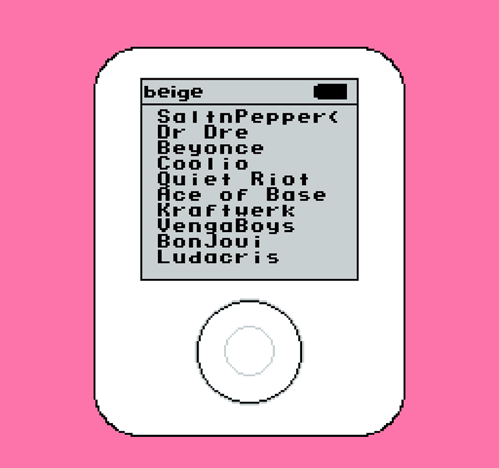 |
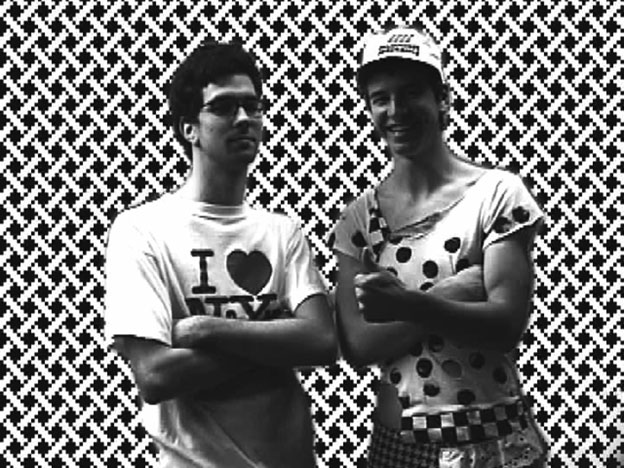 |
|
© Velle Magazine 2005 |